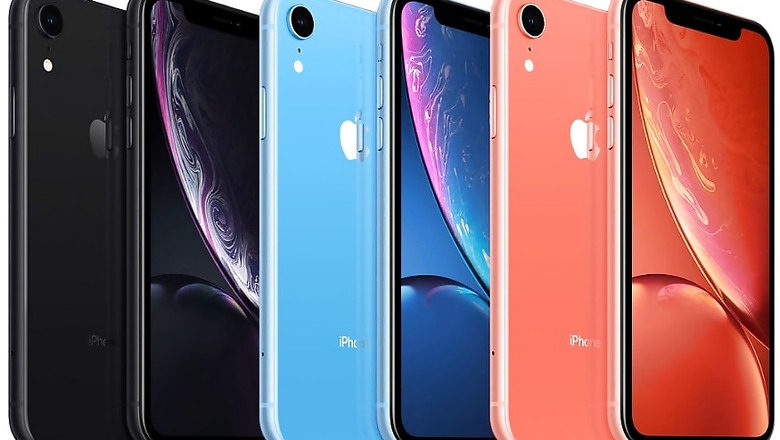
views
It is extremely rare, but it has happened. Apple has cut forecasts for the Q4 2018 revenue. The earlier estimates of upwards of $89 billion in revenue for the quarter no longer hold true. Apple, in a letter to investors, suggests that it’ll earn around $84 billion in revenue instead. There are multiple reasons for that.
First and foremost, Apple suggests that it is the slowing down of sales in Greater China, which have hurt revenue. At least in the short term. “While we anticipated some challenges in key emerging markets, we did not foresee the magnitude of the economic deceleration, particularly in Greater China. In fact, most of our revenue shortfall to our guidance, and over 100 percent of our year-over-year worldwide revenue decline, occurred in Greater China across iPhone, Mac and iPad,” said Tim Cook, Chief Executive Officer, Apple. The slowing down of transactions includes China, Taiwan and Hong Kong markets. The the GDP numbers during the September quarter as reported by the Chinese government, proved to be the second lowest in the last 25 years. It is not just the economic slowdown in China which is an issue, but also the trade tensions between US and China. Added into the mix are Qualcomm’s legal battles with Apple, which saw a verdict that sales of certain iPhones be banned in China for the time being, owing to copyright infringement issues.
Apple’s guidance cut isn’t entirely a surprise. A whole lot of Apple suppliers, such as AMS, Cirrus Logic, Lumentum, Japan Display, and Qorvo had already indicated at lesser than expected demand for components for the iPhones, over the past couple of months.
Apple admitted as much in the letter to the investors. Cook indicated that lesser than expected number of people traded in their older iPhones for new ones—the iPhone XS, iPhone XS Max and iPhone XR. Cook noted that iPhone upgrades were “not as strong as we thought they would be”. The reasons for that include economic slowdowns in many countries, changes in how carriers are pricing and subsidizing iPhones and also the currency changes which saw the US Dollar become stronger and therefore led to the new iPhones sport record high price tags.
The thing to focus on here is the reduction in carrier incentives to upgrade to a newer iPhone. Carriers, particularly in the US, are now absorbing lesser in terms of subsidies and therefore, users are having to pay more than before to get an iPhone on a contract. These contracts—the agreement which you sign with the carrier to buy the iPhone and a bundled tariff plan—now cost more than before, to pay out every month. That sees more users actually following through till the end of the contract, which is usually 2 years, instead of jumping the gun and upgrading mid-way. It is just not that enticing anymore.
In markets such as India, where carriers don’t subsidize the iPhone with tariff plans or contracts, the higher initial price tags of the iPhone XS and the iPhone XS Max, perhaps proved to be a deterrent. To put this in perspective, the iPhone XS prices start just a shade a lakh of rupees, a significant increase to the prices of the iPhone X and the ones that came before it. On the contrary, if you are to not consider paying the entire amount for a new iPhone in a single go or get it converted to equated monthly instalments (EMI—and you pay interest on this) on your credit card, you could instead try the carrier route. But that actually proves to be more expensive since there might be specific monthly tariff plans that you may need to subscribe to.
What Apple didn’t realize is that the iOS 12 software update, which rolled out for the iPhone SE and newer iPhones, was meant to improve performance of older iPhones. Clearly it has had the desired effect, because anyone with an older iPhone—perhaps an iPhone 7 or an iPhone 8—is not feeling the urge to upgrade to a newer iPhone right away. “Our installed base of active devices hit a new all-time high—growing by more than 100 million units in 12 months,” says Cook in the letter. This could very well mean that anyone holding on to an older iPhone seems happy with the performance, and while newer additions have happened, not enough have spent again on upgrading to an iPhone XS Max, iPhone XS, iPhone XS or even an iPhone X in the past quarter.




















Comments
0 comment